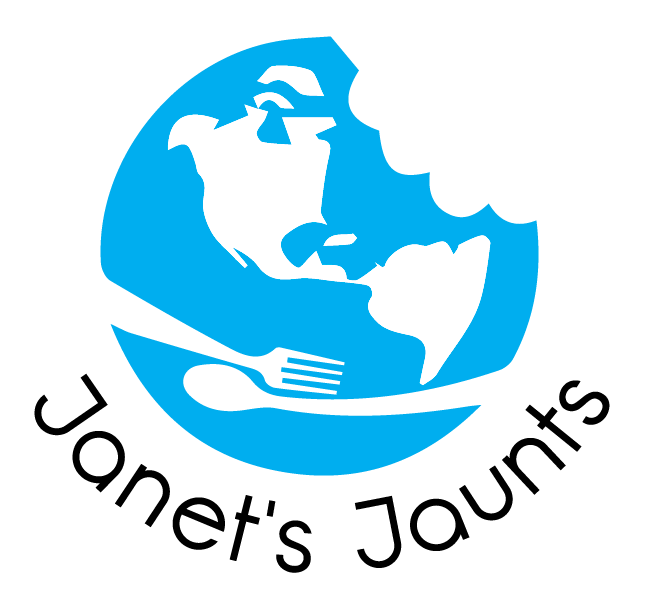Figuring out Cuban money

Five CUC and three CUC convertible peso notes are shown with a souvenir Cuban flag. The CUC currency, designed to be exchanged for other currencies brought to Cuba by visitors, isn’t used by Cubans
Cuban money is confusing to say the least. You’ll exchange your U.S. dollars, probably at your hotel, since if ATM machines exist, I didn’t see any. You’ll get convertible pesos, worth about 25 times more than the national peso used by Cubans. Convertible pesos are called CUCs, pronounced Kooks. If you have euros or Canadian dollars to exchange for CUCs when you get to Cuba you’ll get a slightly better deal. That’s because there’s a 10 percent penalty for exchanging American dollars, something that’s most likely part of the ongoing political posturing surrounding the five-decade-long U.S.embargo of all things Cuban. It’s more recently been fueled by the fact that the U.S. has imprisoned a trio of Cubans now in prison in this country, popularly known as the Cuban Five, even though two of them have been released. Their actions resulted in us calling Cuba a terrorist nation, something at which the peaceful Cubans take great offense.
Since I always save some money from a trip I had a stash of euros and a couple of Canadian 20s with Queen Elizabeth’s picture on them. Elizabeth ages on the Canadian 20 and on the ones I had she was obviously quite young. So those 20s had been hanging around long enough in my stash box to occasion comment when I exchanged them. Plenty of Canadians visit Cuba and they have for years, so Canadian money is familiar to those who exchange it for CUCs.They’d probably never seen such a youthful Elizabeth.
Shops that deal only with Cubans deal in Cuban pesos, also called CUP. You likely won’t have occasion to buy a bag of rice, bananas on the street or peppers from a farmers market as shown here. You’ll see they are priced at 5.00 CUPs, which translates to something under 20 cents each
As I understand it, it was the U.S. embargo against Cuban sugar that caused the Cubans to look to Russia for economic help in 1960. Before that their money was pegged to U.S. dollars and after that it was pegged to the Soviet ruble. When the Soviet Union dissolved in 1991 the peso lost much of its value and fell to a rate of 125 pesos to the U.S. dollar, throwing most into poverty. Nowadays it fluctuates between 23 and 25 pesos to the U.S. dollar. But you don’t really need to know any of that, since you’ll be dealing in CUCs.

These peppers for sale in a Cuban farmers market will cost a native something less than 20 cents each. Their price is shown in CUPS, the Cuban peso that fluctuates between 23 and 25 per dollar.
I wanted to bring a Cuban flag home but was told it was technically illegal since as a U.S. citizen I was only permitted to purchase art works and a few other craft- type things. I knew I couldn’t bring back rum or cigars but I’d hoped that an exception would be made for the delicious Cuban coffee. But no dice. The flag came back with me because my carry-on bag was with me and wasn’t searched.
Just between you and me, I talked to an American man at the airport who bragged about bringing back the forbidden cigars. I didn’t see him again after we landed in Miami, so who knows how he fared.




Recent Comments